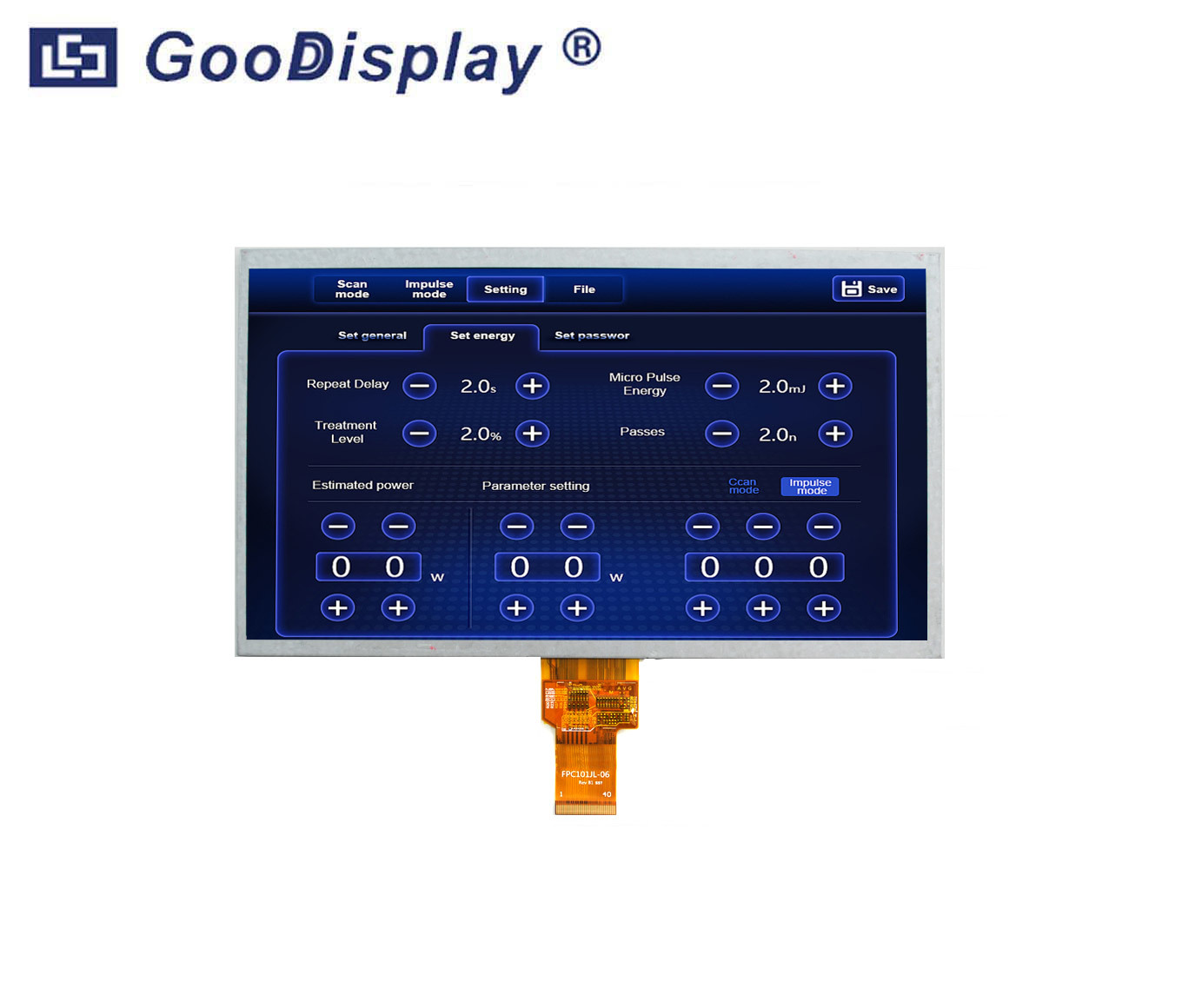The Evolution of Car Dashboard Screens
The car dashboard screen has become a central feature in modern vehicles, transforming the driving experience and providing drivers with interactive displays that offer essential information and entertainment options at their fingertips. From traditional analog gauges to sophisticated digital interfaces, the evolution of car dashboard screens reflects the advancements in automotive technology and the changing expectations of drivers in the digital age.
 1. Early Stages of Car Dashboard Screens
1. Early Stages of Car Dashboard Screens
In the early days of automotive design, car dashboard screens consisted of simple analog gauges and indicators that provided basic information such as speed, fuel level, and engine temperature. These analog displays served their purpose effectively but lacked the interactive capabilities and customization options that are now commonplace in modern vehicles. As technology progressed, digital screens began to make their way into car dashboards, offering enhanced functionality and versatility.
2. Introduction of Digital Dashboard Screens
The introduction of digital dashboard screens marked a significant shift in car interior design, allowing for more dynamic and customizable displays that could adapt to different driving conditions and user preferences. Digital screens made it possible to incorporate advanced features such as GPS navigation, multimedia controls, vehicle diagnostics, and connectivity with smartphones and other devices. These advanced functions not only added convenience for drivers but also enhanced safety and usability while on the road.
3. Touchscreen Interfaces and the Rise of Digital Instrument Clusters
One of the key trends in car dashboard screen technology is the integration of touchscreen interfaces, which enable drivers to interact with the display using intuitive gestures and commands. Touchscreen dashboards have become increasingly popular for their user-friendly design and ability to provide access to a wide range of settings and information with just a tap or swipe. Drivers can easily adjust settings, access entertainment options, and view real-time data without taking their eyes off the road, enhancing both convenience and safety.
Beyond touchscreen functionality, the evolution of car dashboard screens has also seen the rise of fully digital instrument clusters that replace traditional analog gauges with high-resolution screens that can be customized to display a variety of information in different layouts. These digital instrument clusters offer a more immersive and engaging driving experience, allowing drivers to personalize their dashboards with preferred data points, colors, and themes. The flexibility of digital instrument clusters enables automakers to design dashboards that cater to diverse driver preferences and enhance the overall aesthetics of the vehicle interior.


评论
发表评论